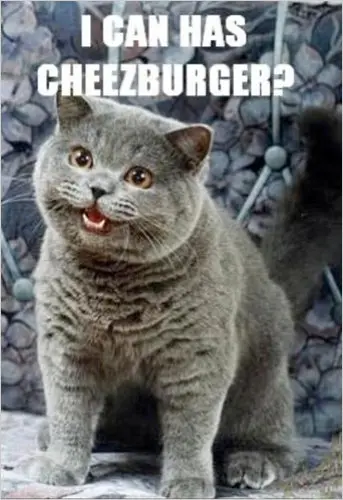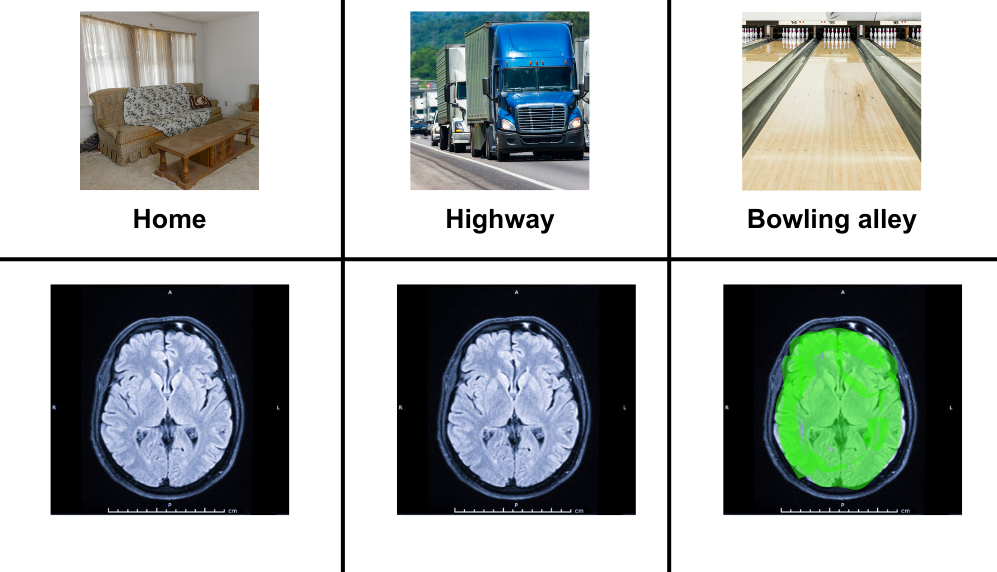What do you picture when you think of things inside of a home? Doorknobs, sure. A kitchen, perhaps. Those two things are probably all you can come up with, but it might be a good idea to start imagining a cat, too, because locking a cat inside your house has become quite the trend these days.
That’s right! Who would have thought cat domestication would be this popular when Garfield The Cat first introduced America to the concept? Not me, as I always found the idea of keeping a cat on my countertop a bit too European for my taste. Yet here we are, with domesticated cats found in almost every town. But has anyone ever stopped and thought, “Should I keep this cat in my stuff? Should I really keep this cat locked up all day in my stuff?” Well, today, in honor of the 30th anniversary of domesticated cats, I will stop and have those thoughts.
First things first: I do not like cats. My opinions in this essay will undoubtedly be informed by the fact that I couldn’t care less if I woke up tomorrow to find that the world’s cats had been disappeared. Controversially, though, I believe that this distaste of mine qualifies me to speak at length on the subject, as I am able to look at the situation of cat domestication without much personal affect.
I’ve identified two sides to this argument:
I. We Treat Our Cats Too Well
The job of the cat owner is to make the cat’s life good (the cat is provided food and shelter), and in return, the cat makes the owner’s life good (the owner gets to say they have a cat.) However, this means that the cat’s needs are all taken care of by someone other than the cat itself. These domesticated cats then do not know the difficulty of grocery shopping or even changing a bedsheet. In this argument, I posit we have over-domesticated the cat.
Take for instance the very popular meme.
I’ve copied and pasted it below.

In the meme, the cat is asking “I can has Cheezburger?” Although it’s meant only as humor, with some cat owners today, the cat indeed can has Cheezburger! In fact, the cat can have everything it wants.
II. We Do Not Treat Our Cats Well Enough
But some would argue that we haven’t over-domesticated the cat. Rather, we have under-domesticated the cat. We have domesticated the cat so far as to make its life wonderful, but we have stopped short of giving it the tools to succeed without its owner. Of course, owners do this for a reason: it ensures that they are never abandoned by the cat, that they never have to endure a tearful goodbye when the cat moves away to Detroit. But this state of affairs is like raising a child only to keep the kid locked in your house all the time, and never even letting it go outside or to the waterpark. We’d call this child abuse, but with cats, we turn a blind eye. What if we empowered the cats to live on their own? We could teach them how to find jobs, with owners providing helpful connections as needed, and the cats could even live in their own apartments, with owners acting as guarantors on the lease.
A. Fun?
What the heck do the cats want? Do they even like living with us? Humans cite utility as a reason for keeping cats in the house: the cats eat mice, kill bugs, and share in a hatred of Mondays. But do cats even enjoy all those activities? In answering this question, suppose I can consider my comparable toolset: Miranda eats corn chips, kills bugs, and plays iCarly. Would I like it if someone only kept me around for those reasons? I’m not sure.
Besides, do cats even like looking at your stuff? Being locked in your stuff all day? Looking at your stuff? They only talk in cat-speak, so there’s no way to know.
Unless…
A. 1. ) Miranda’s Experiment
To address these questions, I designed and executed an experiment with the support of PETA and Columbia College Chicago.
- OBSERVATION
Cats can’t talk so it’s hard to tell if they like actually being domesticated or if they’re just going along with it to be polite.
- QUESTION
Do cats actually want to be domesticated?
- HYPOTHESIS
I don’t know the answer. That’s why I’m doing the experiment.
- EXPERIMENT
I get two cats. One is from a house and the other is from the streets. I make sure the cats don’t know about the experiment by stealing them with no warning. Then, I put them in in this device I built:

As you can see, the device works by measuring brain activity.
Then, I show the cats the following three pictures.



Each photo represents a possible living arrangement for the cats. The first photo shows my home (a domesticated environment), the second photo shows a highway (an undomesticated environment), and the third photo shows a bowling alley (a neutral environment).
Whichever photo makes their pleasure center (middle of brain) light up the most is where they want to live.
- ANALYSIS
The following images show the cats’ brain scans while being shown each photo.

- CONCLUSION
Wowza! Looks like cats want to live at the bowling alley.
B. Essay Conclusion
I believe that all cats, domesticated and undomesticated, should be released into a bowling alley immediately. And then if they were domesticated before, you can visit them there, and if they weren’t, then just ignore them at the bowling alley. Maybe you can get free games if one of your cats lives there or something like that.
Once again I’d like to thank PETA and Columbia College Chicago for their invaluable financial and academic support.
Excerpted with permission from Pussy Powerful: A Herstory Of Women & Cats, From The Sphinx To Roseanne Barr by Miranda Cosgrove, out August 2023 via Cambridge University Press.





